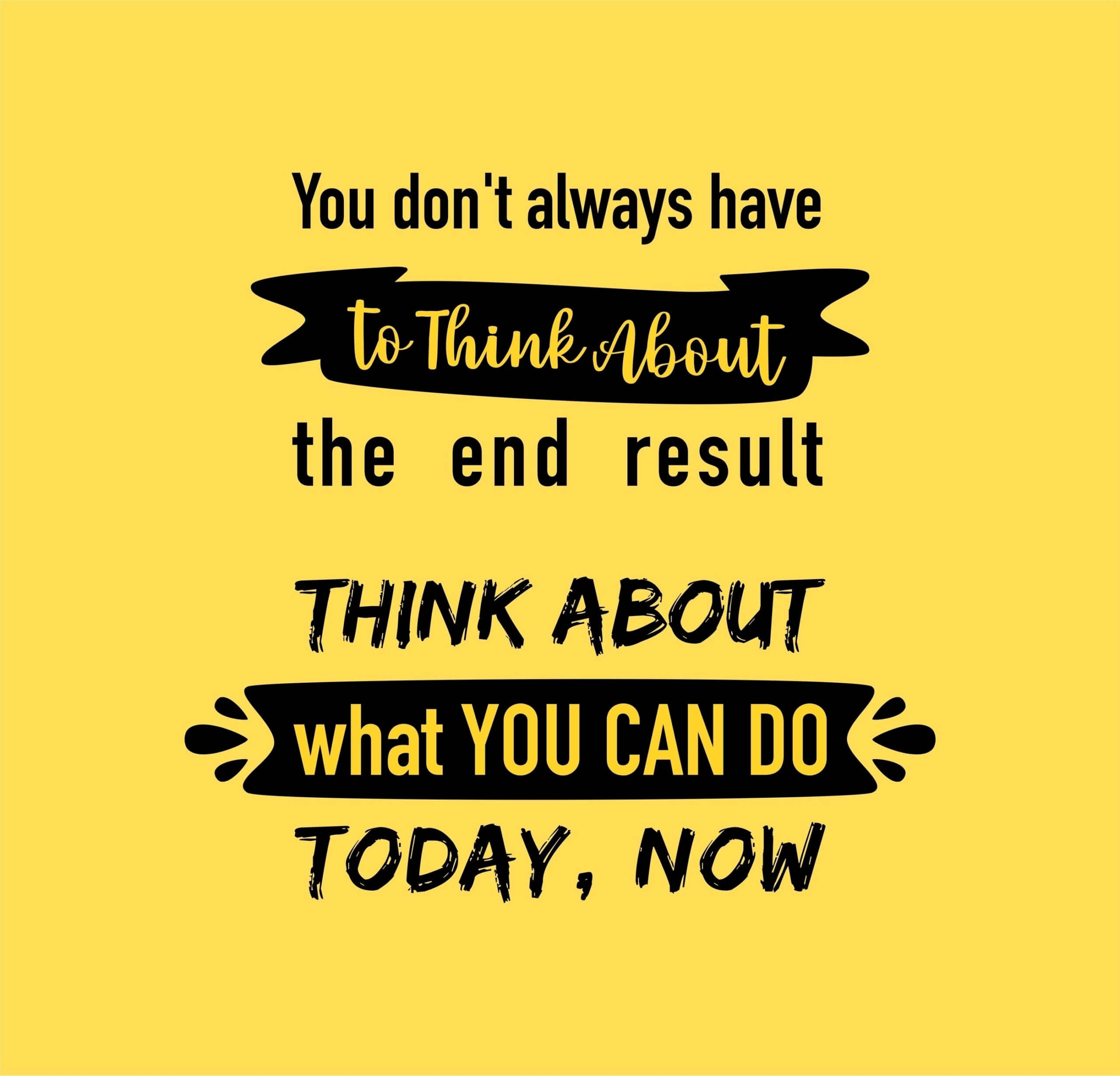
Our bodies are made to move. When we sit for long periods our body hurts. Our joints and bones hurt. We simply do not feel good. Now, imagine that you have a disorder or chronic health condition that makes movement more difficult or you can’t remember to exercise. Your body still needs movement to relieve pain and relieve excess energy.
September 28, 2022
Move more, hurt less. Move more, rest better. Movement and exercise for the care receiver will make the care giver’s life easier.
Regular Movement and Exercise Can Decrease Agitation and Aggression
Is your loved one restless? Do they wander? Are they withdrawn? Hurting? Regular exercise and movement will help decrease these issues in people with dementia. Do something every day. We often think about things to keep the mind busy, but we sometimes forget about the body. It takes both to make an impact on their well-being.
Those dealing with Parkinson’s disease know that movement and breathing exercises help them to maintain strength and independence longer. They seem to be more open to exercise classes and doing workouts at home. Why? Probably, because they have all of their mental faculties, it is their body that is failing them and they want to be as independent as possible.
Does your loved one with dementia wander?
Those dealing with a dementia, such as Alzheimer’s disease, are experiencing brain failure. They become less and less aware of what their body needs, but they need to have something to do. They forget that their body needs movement and exercise. Over time, they lose the ability to reason through the many steps it takes to exercise. These folks need reminders and workout buddies to help them achieve their goals. Many times, they can mimic what they see. Family caregivers can workout with them.
What they can do safely is of great importance. As with any exercise routine, a physician needs to be consulted. Maybe, a visit to physical therapy and/or occupational therapy is a good idea. PT’s and OT’s can help with an exercise program that can be done at home. Any exercise needs to be done appropriately. Form matters. Consistency matters. Never giving up matters.
Rock steady boxing has great results for folks that are dealing with Parkinson’s. Deep breathing exercises and vocal exercises are important too. Walking is good for everyone. Being outside is good for everyone. Playing in the dirt (aka, gardening) is good for almost everyone. So, what, if you have to modify things? Being adaptable is a plus.
Why we need to get tired
Walking, weightlifting and dancing are great exercises for folks that are dealing with any type of dementia. The body needs to work in order to get tired. If we don’t get tired, we get restless. We can’t sleep and we get a little testy. Now, imagine that your brain is failing and you can’t reason out these things. You only know how you feel at this moment in time. You have to get your “willies” out somehow. You wander, you follow people around, and you ask the same question over and over.
Don’t forget about brain use activities. They are important too. Coloring, making something, building something, and doing a puzzle are all important, too. It does not have to be perfect.
I know that some of you caregivers are thinking, “I just want to get X, Y, and Z done.” Let your loved one help, give them a job. Be fully present and engaged with them. It won’t take any more time and it may even take less time because you won’t have all of the interruptions. People with dementia often want to help or contribute in some way. This is another area where daily routines are very beneficial. Set a time to go outside for a walk. Set a time for working out, doing brain work and help with folding towels. Yes, even if they have already been folded. Mess them up and give them to your loved one so they can help.
People before things.
Help your loved one to take care of their exercise needs. Develop your routine and stick to it. Put yourself in “time-out,” when needed. Think outside of the box. Who can exercise with them for about 30 minutes every day? Total visit time would probably be 1 & ½ to 2 hours. I bet you can find other family members or friends that can do that visit. You have to tell folks what you need help with.
Those that have requested to stay at home (age in place), for as long as it is safe for all…will need to be fit, and have some strength and endurance. When they become “dead weight,” or can no longer toilet themselves, they will have to begin the transition to assisted living and nursing homes. It is possible to keep them at home with 24/7 in-home care.
Strength and balance exercises are very important.
The health benefits of exercise include:
-
- Improved mood
-
- Better sleep
-
- Reduced likelihood of constipation
-
- Reduce or prevent wandering
-
- Reduced aggressive behavior
-
- Reduced risk of falls
-
- Increased maintenance of motor skills
-
- Improving heart health
-
- Improved strength
-
- Improved balance
You may start with 5 minutes a day and increase a minute or two every week.
Dancing counts. Playing golf counts. Running errands counts. Riding bicycles counts. Walking on a treadmill counts. Yoga or Tai chi counts. Vacuuming and folding laundry counts.
For the mind:
-
- Do a puzzle
-
- Play a board game (Connect Four, Chutes & Ladders, Checkers)
-
- Read a book aloud to them
-
- Play a card game
- Reminisce (ask them about childhood, hobbies, work life)
Pat


